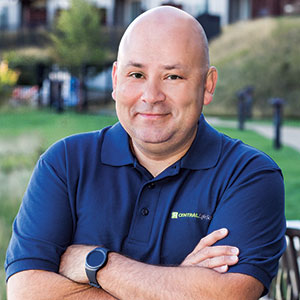
Mel Whitson, Senior Field Technical Service Manager, Zoëcon Professional Products
While ants are the No. 1 nuisance pest in the United States, according to the National Pest Management Association (NPMA), there are a few strategies PMPs can take to determine an effective treatment method to reduce callbacks. Whether the service is for a residential or commercial account, follow these three control tips:
1. Identify the species of concern. With more than 700 species of ants in the United States, PMPs need to know which species they are facing before deciding how to control them.
2. Focus on integrated pest management (IPM). Ants can be found in many locations, including kitchens, bathrooms, bedrooms and outdoor areas. Work closely with clients to reduce ant infestations by identifying and removing the conditions that can attract these insects, such as:
- Keep pantry food in sealed containers; regularly clean food-handling areas.
- Inspect and properly seal cracks, crevices, holes and door sweeps.
- Trim vegetation away from buildings to keep ants from foraging structures.
- Eliminate honeydew-producing insects in landscape plants.
3. Choose the right products. Proper treatment and post-treatment monitoring are two key, final aspects of achieving ant control. The types of products to use depend on the type of service, the type of ant problem, and the type of ant involved. Some tips include:
- Pre-bait to stimulate activity and indicate feeding preferences.
- Consider adding liquid bait stations to the exterior as part of your protocol.
- Move dead ant bodies and fragments away from buildings, so foragers aren’t dissuaded from treatment.
Leave A Comment